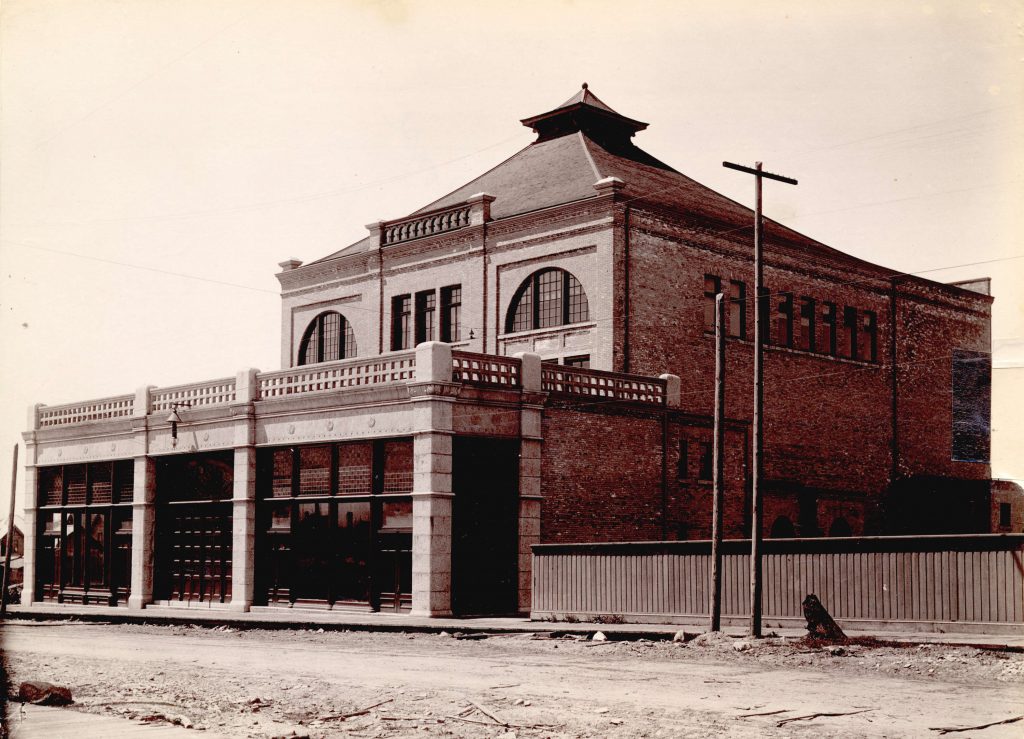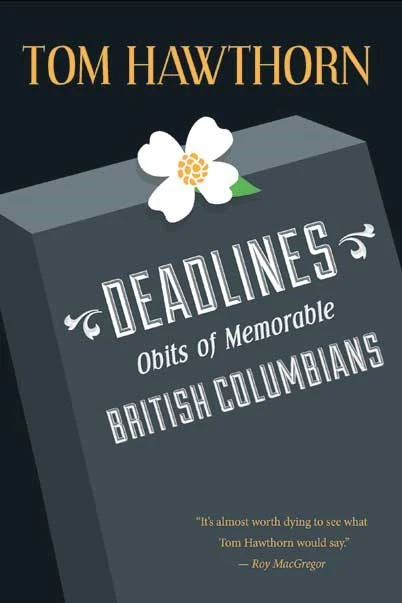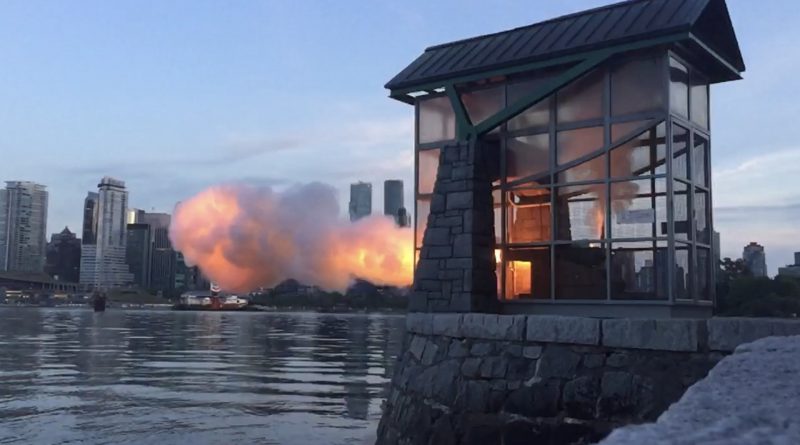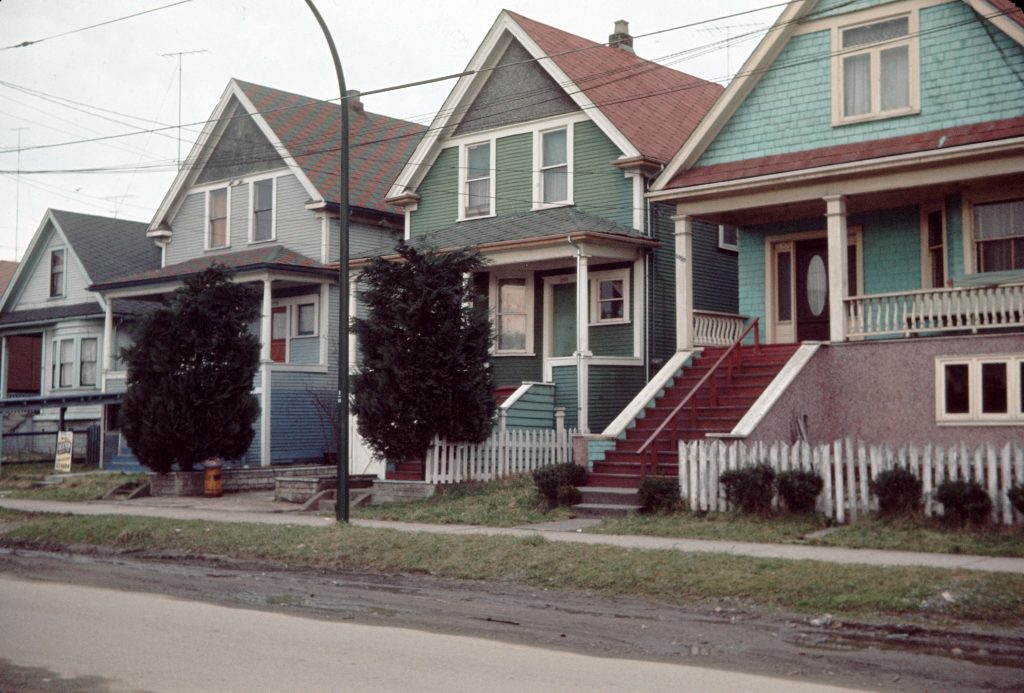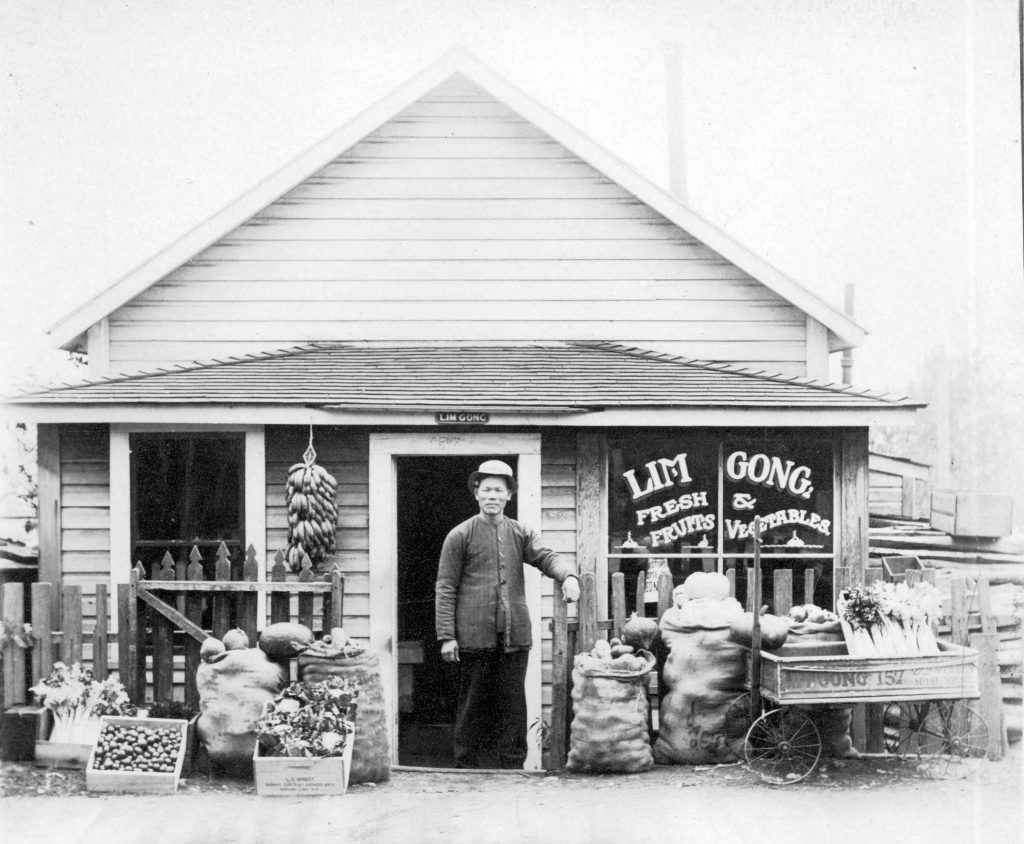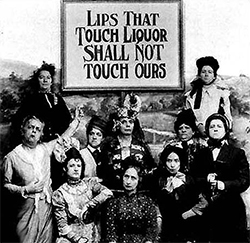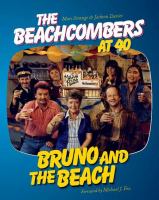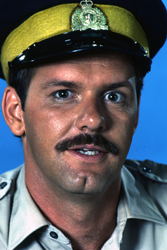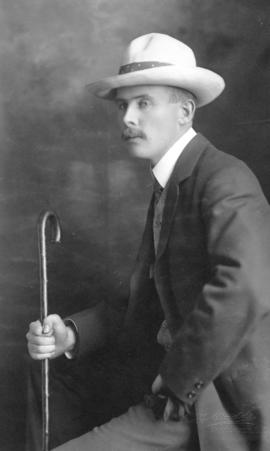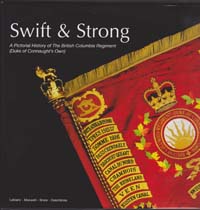Summaries of Talks and Field Trips - 2013
Glimpses of the Past through description, related books and internet connections
The History of Theatre in Vancouver
Vancouver has had a long tradition of theatre since its incorporation in 1886. The early days of vaudeville were also fused with productions of Shakespeare. During its early heady growth years up to WWI, Vancouver brought in actors from all over the world filling its many theatres. Over time, especially in the 1970s, vibrant locally developed theatre exploded onto the scene and since then, even though some theatre companies have come and gone, the city still has a very vibrant theatre scene which continues to support a large number of actors.
(see: Jerry Wasserman’s Modern Canadian Plays, Vancouver: Talon Books, various editions)
Liquor, Lust and the Law: the story of the Penthouse Nightclub
The enterprising Philliponi brothers intentionally tested Vancouver’s draconian liquor and morality laws when they opened the Penthouse Nightclub after WWII. What resulted was a revolving door of vice squads, politicians, judges, con men, liquor inspectors on the take, well known entertainers as well as members of Vancouver’s underworld. Tested by the law in 1975 and reopened four years later, the nightclub is part of Vancouver’s historical narrative as well as a contributor to its soul. [see Aaron Chapman’s Liquor, Lust and the Law: the story of Vancouver’s legendary Penthouse nightclub, Vancouver: Arsenal Pulp Press, 2012]
Deadlines: Obits of Memorable British Columbians
History can be said to be made one obituary at a time because it is the lives of people that makes up the greater part of our historical narrative. Over time, just how lives have been recorded have gone through various stages from the short and clinical to florid and maudlin. These days obits are usually honest and forthright. Yet, because British Columbia has had more of its share of people who lived incredible lives spent in the shadows, the extent of their lives is only being revealed in their obituaries after their deaths. [see: Tom Hawthorn’s Deadlines: Obits of Memorable British Columbians, Madeira Park, BC, Harbour Publishing, 2012]
Secrets of Stanley Park: 125th Anniversary Historic Walking Tour
Stanley Park, a substantial part of Vancouver’s mythology, holds many past secrets. Some are not evident; for example, the former native site of Whoi Whoi is now Lumberman’s Arch; the Chinese settlement is now a cleared area on Anderson Point behind the Yacht Club. The Rock Garden in the area of the Pavilion has only been rediscovered in its entirety. Others like the Nine O’Clock Gun, Brockton Point Lighthouse remain obvious. But behind the Gun and the now disappeared early settler houses, is a graveyard. And there are many more stories that the park can reveal some appearing in the many books written on Vancouver’s prized park.
The Grandview area
Much of the area now called Grandview was acquired by the Hastings Sawmill Company which logged and crossed it with a flume in the late 1860s to carry water from Trout Lake to its sawmill in Gastown. Construction of the Interurban Line to New Westminster in 1891 opened the area for worker settlement and before 1912 it was promoted as a middle class alternative to the West End resulting in a hodge-podge of cottages and mansions which did not survive the real estate collapse. Many mansions were subsequently chopped up into apartments or became private hospitals. Today the area still reflects variety of architecture populated by a diverse group whose social lives gravitate towards nearby Commercial Drive.
The Hidden History of the Chinese Canadian Food Industry
Wherever they have gone in large numbers as sojourners or immigrants to the various “Gold Mountains” around the Pacific Rim, the Chinese have always been part of a largely hidden integrated food industry. Since Vancouver’s inception, for example, Chinese farms and farmers have been vital to feeding the city’s inhabitants. More recently as owners of corner grocery stores, major food distribution companies and even 95% of Japanese restaurants, as well as supplying cooks to various nation-wide institutions, ethnic Chinese have continued to play an important role in not only the city’s but also in the country’s food industry.
(see: Henry Yu’s Thinking Orientals: Migration, Contact, and Exoticism in Modern America, New York: Oxford University Press, 2001; see also Alejandro Yoshizawa and Wendy Phung’s Covered Roots: The History of Chinese Farms, Vancouver: Chinese Canadian Stories, 2012)
Prohibition Vancouver
The Vancouver of 1917 was not only awash in alcohol and the stresses of an overseas war, but the Edwardian forces of sobriety and the Women’s Christian Temperance Union came together in a strange clashing brew of forces that led to the prohibition of alcohol in the province. The citizens of Vancouver, however, managed to skirt the law in two ways. In the back alleys of Ward 2 and Gastown illegal drinking establishments called Blind Pigs emerged; they were secret dens of drinking, gambling and prostitution. At the other end of the spectrum, private clubs served alcohol to their members during the ban, bypassing the BC Prohibition Act which mercifully ended in 1921. (see: http://forbiddenvancouver.ca)
Our Friend Joe: The Joe Fortes Story
Joe Fortes was not only a fixture in Vancouver after his arrival in 1885 aboard the Robert Kerr, but also a legend. After the Great Fire he supported himself working as a shoeshine boy, porter and bartender. He then made his home at English Bay where he became an unofficial lifeguard saving dozens from drowning and teaching countless Vancouverites how to swim. In l900 his job was made official and ten years later he was presented with a gold watch and financial bonus. His stature only increased over time and when he died at the age of 59 in 1922, thousands of mourners lined Vancouver’s street to bid farewell to “our friend Joe.” He has been commemorated by a monument, Library, restaurant, and a postage stamp. The Vancouver Historical Society named him “Citizen of the Century” in 1986.
(see: Barbara Rogers and Lisa Anne Smith’s Our Friend Joe: The Joe Fortes Story, Vancouver: Ronsdale Press, 2012)
The Beachcombers at 40
What began as a series called Partners in 1972 and renamed Beachcombers, ran through 1990 making it the longest running English-language television series in Canada. Shot in an around Gibson’s, BC, and shown in a variety of countries around the world, it probably makes “Molly’s Reach” the most well known building in BC. Featuring a wonderful range of characters: Nick Adonidas (Bruno Gerussi), Relic (Robert Clothier), Constable Constable (Jackson Davies), Molly (Rae Brown), Jessie Jim (Pat John) and others, the series has left a legion of international fans who make Gibsons a British Columbia destination.
The series rich humour lasts until today with people like Jackson Davies who claims the only reason he got the job as Constable Constable was that the RCMP uniform in the CBC wardrobe department fit him, although, he complained, the sleeves were a little short so he couldn’t wave his arms around during production. (see: Mark Strange and Jackson Davies’ Bruno and the Beach: The Beachcombers at 40, Madeira Park, BC: Harbour Publishing, 2012)
Alvo von Alvensleben: Vancouver’s Flamboyant Entrepreneur
Alvo (Gustav Konstantin) von Alvensleben (1879-1965) the son of a highly placed German count, was an entrepreneur and Vancouver booster of great flamboyance. Arriving in the city in 1904 with four dollars in his pocket, he drew millions of dollars for the city’s development from Europeans because of his family connections. He became a major player in many companies including the Vancouver Stock Exchange. Associated with various architectural landmarks and with the help of his 13 servants he threw parties for 600. However, his highly placed German connections fed unsubstantiated rumours of his being a spy and so at the outbreak of WWI, with his Vancouver wife, went to Seattle where he tried, without success to duplicate his incredible Vancouver good fortune and prosperity.
Curt Lang’s Vancouver, 1937-1998
Throughout the decades, creative people in Vancouver have had to be extra inventive to earn a living and be true to their intellectual aspirations. Curt Lang was one such person who moved with the time working in logging, fishing, photography, inventions and high tech, always moving with the times. Additionally, well placed in the pantheon of Vancouver artists, he turned out poetry and works of art. Twelve thousand of his photographs rest in the Special Collections of the Vancouver Public Library. [see Claudia Cornwall’s At the World’s Edge, Curt Lang’s Vancouver, 1937-1998, Salt Spring Island: Mother Tongue Publishing Ltd., 2011]
Vancouver’s Duke of Connaught’s Own Rifles
The British Columbia Regiment aka the Duke of Connaught’s Own (Rifles), has a long (distinguished history in Vancouver and British Columbia. Having been through a variety of name changes, the Vancouver Regiment still has its base in the Beatty Street Drill Hall and as such has deep roots in many local family histories. In WWI it brought home 912 awards and performed equally gallantly in WWI as part of the allied offensive. It has since has become involved in everything from civil duties to peacekeeping overseas. The late city archivist, Major James Skitt Matthews was a member of “The Dukes.” [see: Colonel Keith Maxwell et al, Swift & Strong: A Pictorial History of the British Columbia Regiment (Duke of Connaught’s Own), Vancouver: BC Regiment, 2011]


